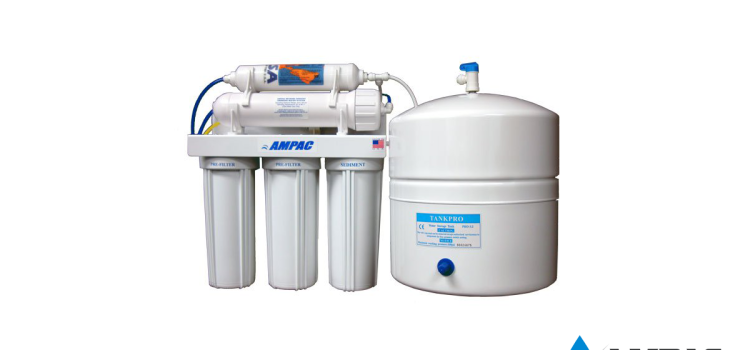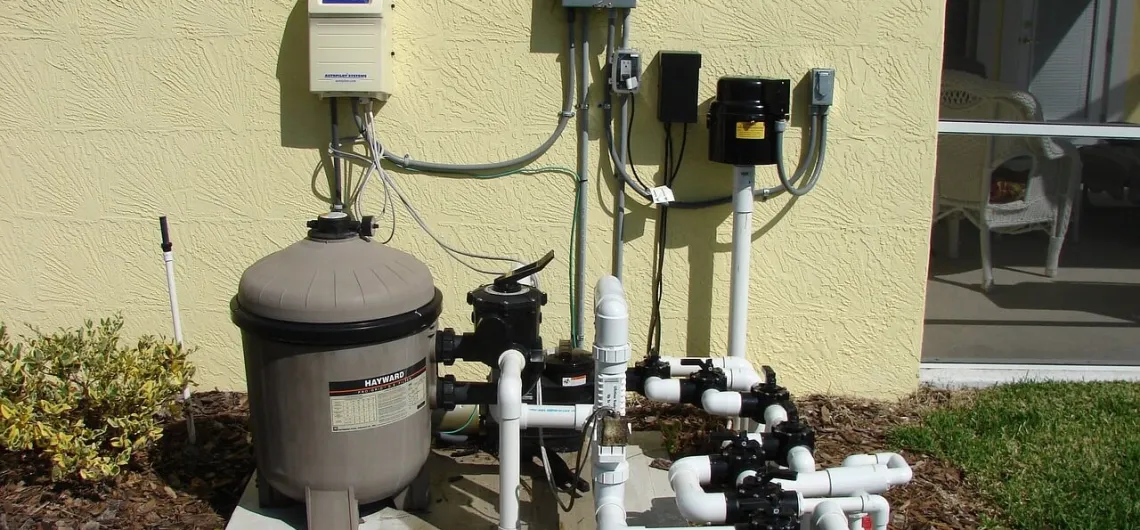Last updated on March 29th, 2025 at 01:20 pm
Water treatment technologies have taken a huge turn in the past few years. From a simple sedimentary filtration process, these technologies have come a long way to become more advanced and provide the best possible quality of water. Reverse Osmosis Filter Systems have gained popularity over the past decade and still have no competition to be the best technology yet. But what are these systems exactly?
Reverse Osmosis works on the basic concept of different levels of pressures. This process involves transferring a solvent from one side of a porous membrane to other in a direction opposite to the natural osmosis. This is done with the help of external hydrostatic pressure which is more than normal osmotic pressure. This passage of the solvent through the membrane is filtered where the contaminants are trapped on the side of the porous material. The process has proven to be effective in eliminating lead, chlorine, organic particles and undesirable salts.
The effectiveness of this process has given birth to a horde of applications for industrial, commercial and household uses. In commercial and household fields, the system eliminates particles to make the water safe for consumption. For industrial purposes, however, this process is used to attain a water quality that can be used in machines and equipment. Aerospace, Marine, Mining, Military, Energy, food and Dairy are just some of the industries where this process finds importance. For every industry, there is a certain water profile required with relevant substances to make the job easier. These different profiles are achieved by different types of porous membranes, levels of hydrostatic conditions and external factors.
This property of the process has led to the development of various types of Reverse Osmosis Filter Systems across the industries based on their requirements which are accommodated by the equipment.











Thank you for your sharing. I am worried that I lack creative ideas. It is your article that makes me full of hope. Thank you. But, I have a question, can you help me?